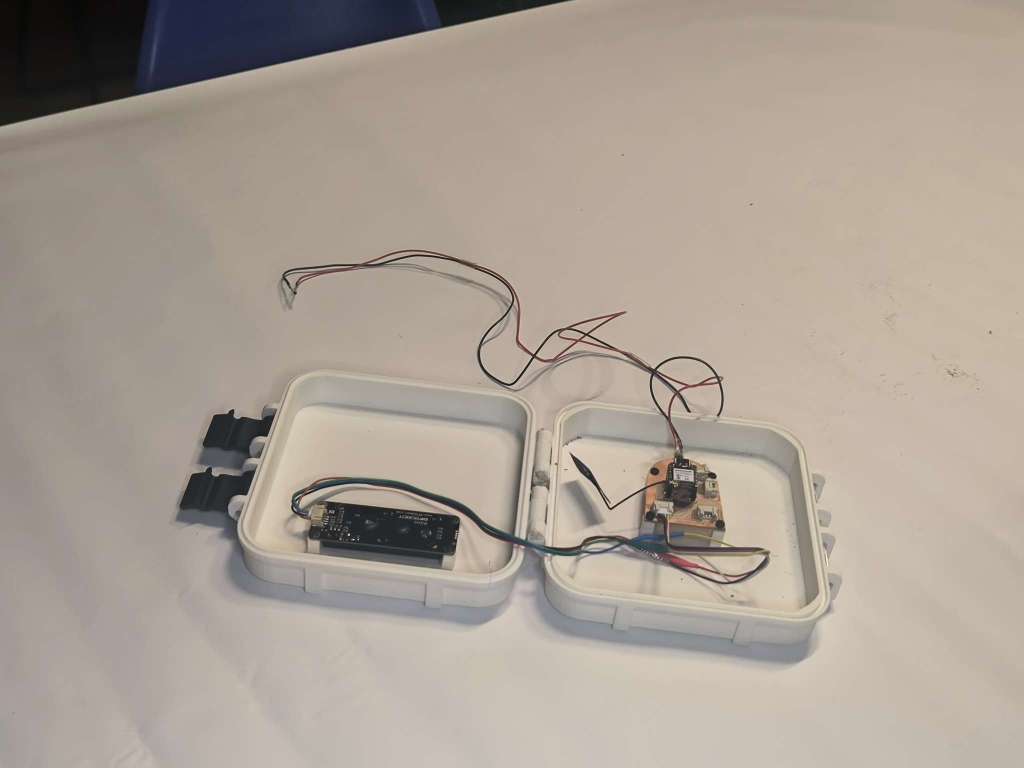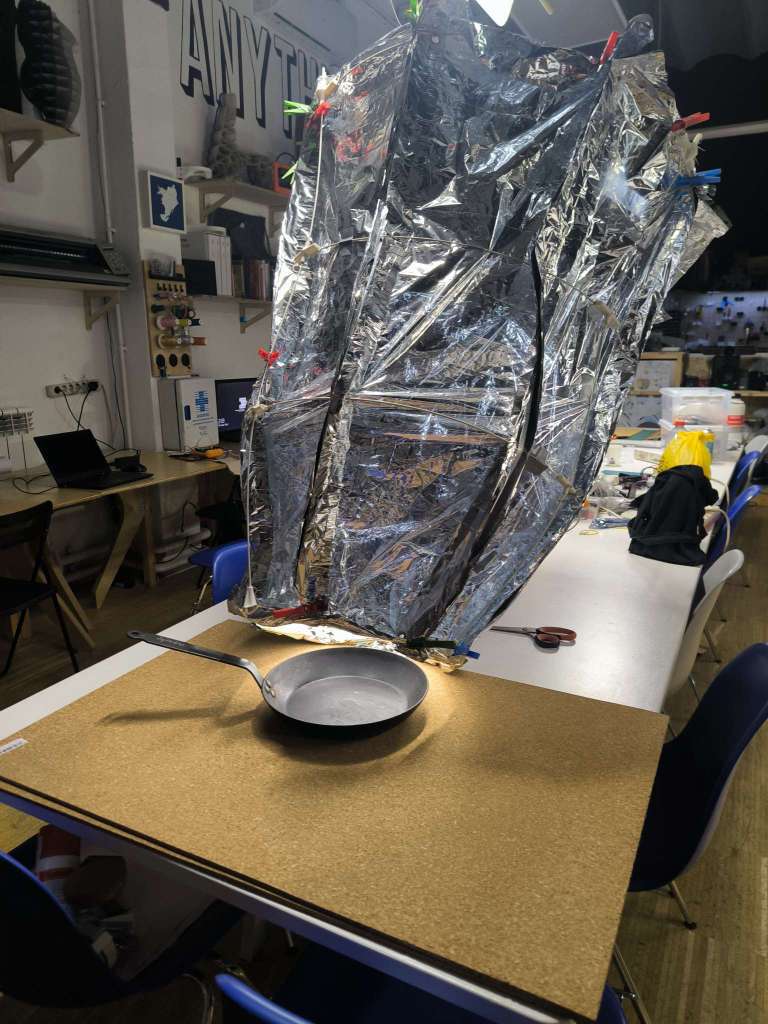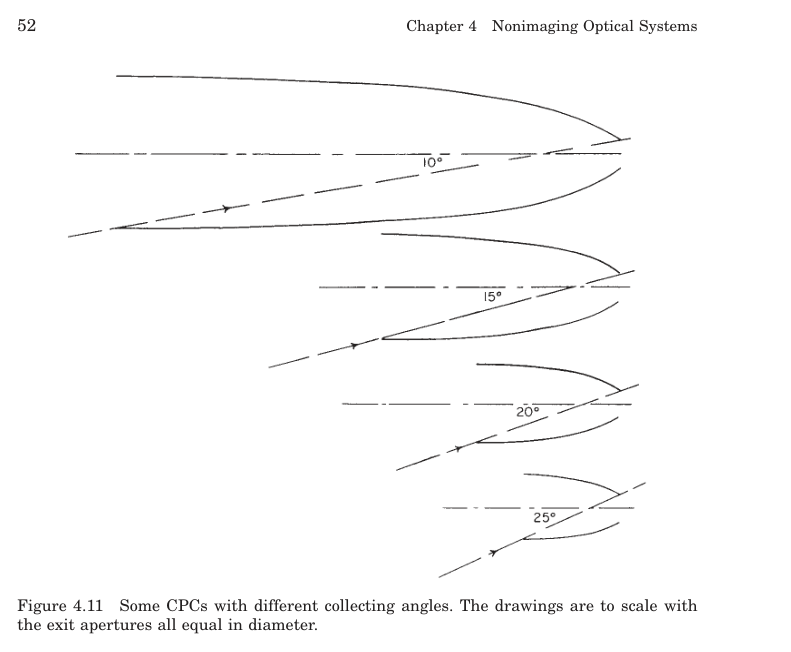15 - System Integration
15.1 Reflections
The intentions behind the Solar Cooker using a reflective parabolic concentrator was to provide a communal oven in hot sunny areas of the world that can be used steadily during several mid-day hours for cooking Bread, Pizzas and other items requiring 150-450 degree Celsius temperatures. In an ideal world, temperatures would reach those required for ceramic or low temperature metal casting materials, but let’s not get ahead of ourselves.
However, this type of communal oven would be best built out of strong, weather-resistant materials. The cheaper and more easily available the material the better.
I have thus decided to concentrate my time working on my final project to a light weight camping-like solar cooker, modular and easily portable.
15.2 The full system
The Solar Furnace consists of:
- Parabolic Solar Concentrator
- Encased temperature reading console
- Portable Battery Pack
- Cork Insulating Base
- Volcanic Lava Rocks
- Cooking Pot/Slate
The items are to be as reasonably practical, packable for taking on camping adventures.
The whole system is to be set up like a camping fire, only the heat is provided from the solar rays concentrating on the exit aperture of the parabolic concentrator, onto a cooking surface (cooking pot, lava rocks for cave man cooking). If all else fails it could be used as a fire starter for barbecues.
The system setup configuration is shown in the blender screenshot below There is still some tweaking to be done.

Here is a real life setup in Figures 15.1b, c and d.
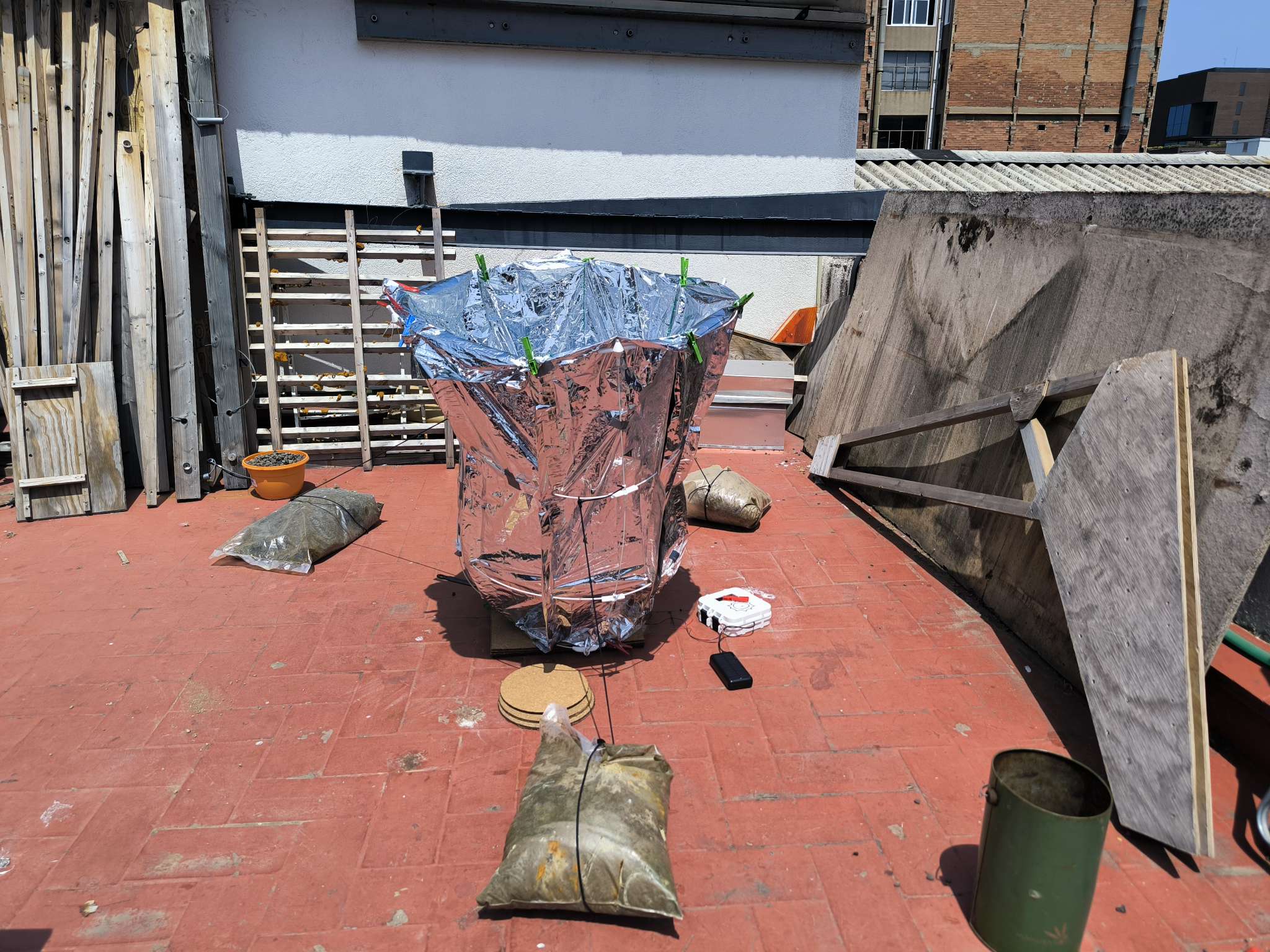
15.2.1 Parabolic Solar Concentrator
For the first spiral this will be made from laser cutting a template that approximates the parabolic curve from blender as much as possible.
The templates will be used to cut Mylar Fabric and this will be put together with tape. To give the conic structure 3mm thick wires will be used to make a frame. Unfortunately with this process it is difficult to achieve the benefits of a truly non optical compound parabolic concentrator but it will give an initial insight into the capabilities of solar concentrators at achieving typical cooking temperatures.
15.2.2 Encased temperature reading console
A rugged case taken from printables and adapted to encase my PCB board and RGB LCD screen displaying temperature readings from the cooking plate/pot.
A ceramic thermistor for the solid surfaces and a probe for liquid surfaces. Perhaps push notifications to inform the user when the oven is hot enough for cooking.
15.2.3 Portable Battery Pack
A portable battery pack procured from the internet allowing autonomous operation of the temperature readings. Solar powered would be a plus.
15.2.4 Cork Insulating Base
Cork is an excellent insulator, it will be used to encase the oven heating surface and protect the ground from heat damage. 6mm thick sheets of cork will be laser cut to surround the cooking pot.
15.2.5 Volcanic Lava Rocks
Black lava rocks are great at absorbing heat, hopefully they will maximise heat retention in the cooking zone. Allows for grilling of meats and vegetables
15.2.6 Cooking stone /pot
The heat is to be directed to cooking food, so an appropriate cooking vessel is required.
Tight Schedule
Here is a provisional schedule in order to try and optimise time between now and the presentation date.
I envisage a 2-4 spirals. The first spiral being an experiment to see how quickly the solar concentrator can boil a litre of water. Then each week I will work towards having an aesthetically pleasing complete product with oven and temperature control.
Of course, the experiment could prove that a 1m truncated CPC is simply not large or powerful enough to be used for solar cooking.
A very brief description of the spirals is given below the schedule for each of the proposed spirals.
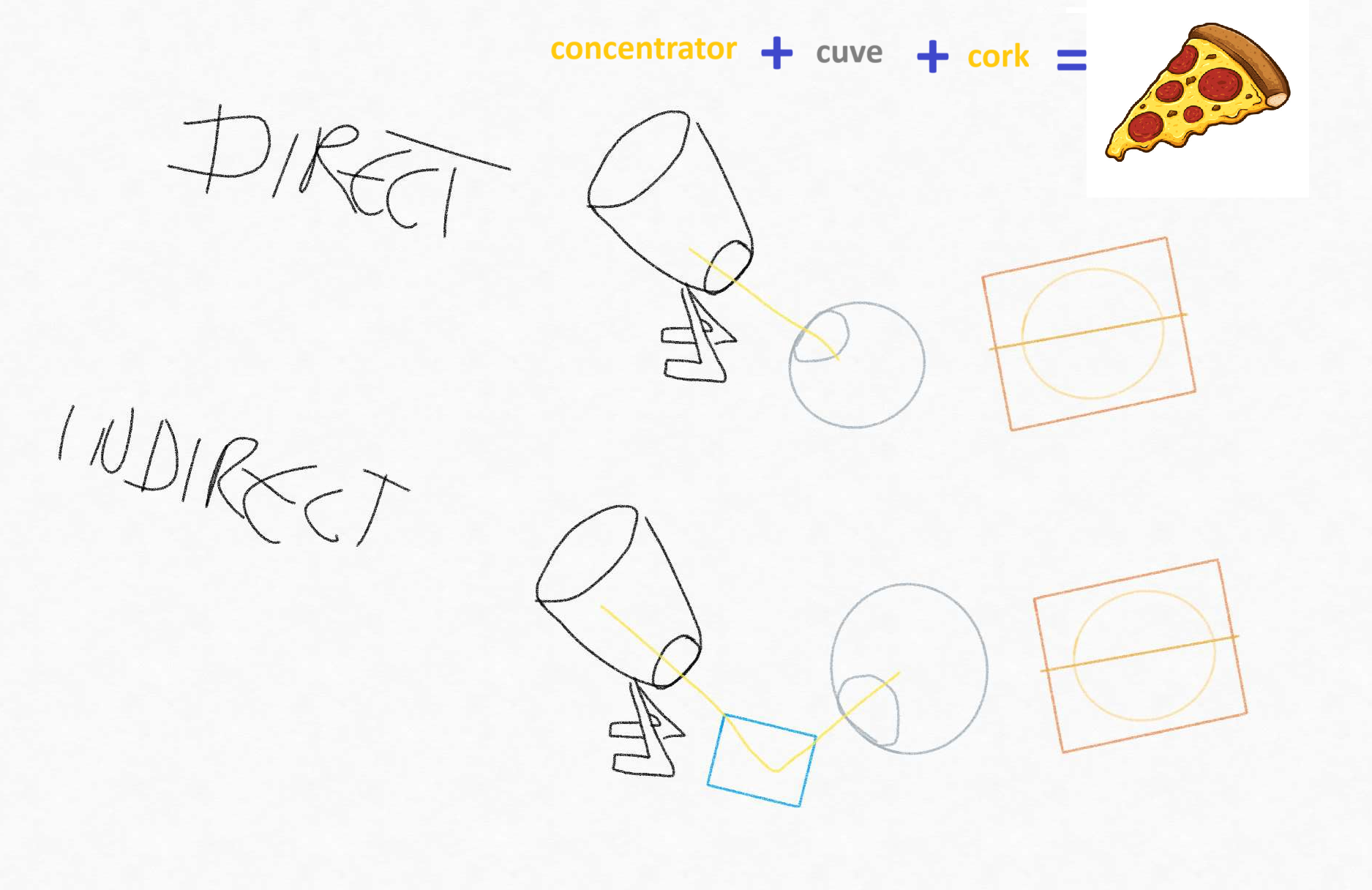
Spiral 1:
Experiment
Objective - Power rating for different types of CPCs / Fresnel lens -
- record temperature over the day from a cpc on the roof = cpc, focal point (bowl of water)
- rate of change of temperature over the day
- safety sheet, observe over 12-1
Compare following designs :
-Resin print parabola 3D, electroplate
-Origami or bend sheet of aluminium sheet - folded piece of paper with aluminium foil
-Bowl of water
1l bowl of water black pot - calculate temperature over the day and measure weight at the start and end
- Power cable on roof
- Black Sheet
- Temperature probe
- Recording
- Electronics: Shutter + Temperature control
CPC design
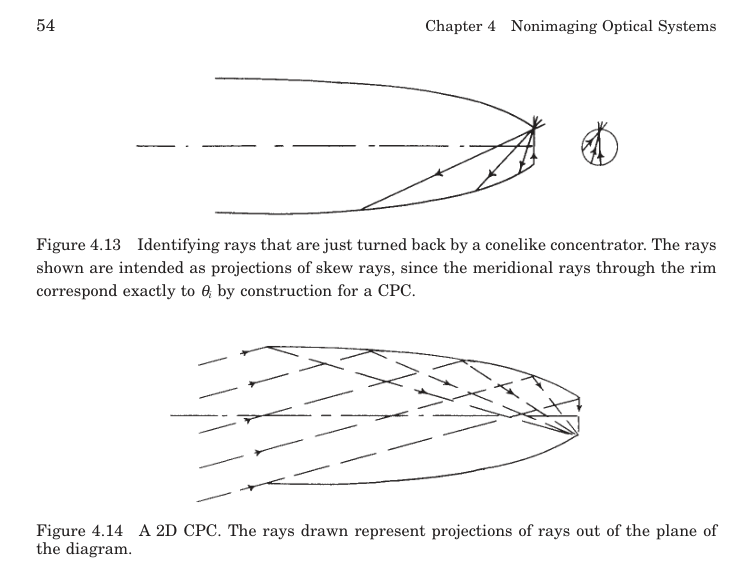
Origami
https://bethjohnsonorigami.com/instructions
Reflective Paint
https://meonuk.com/products/reflect-light-translucent-500ml
Spiral 2:
Experiment 2 : Oven materials
Heat surface: aluminium/stone
Insulation
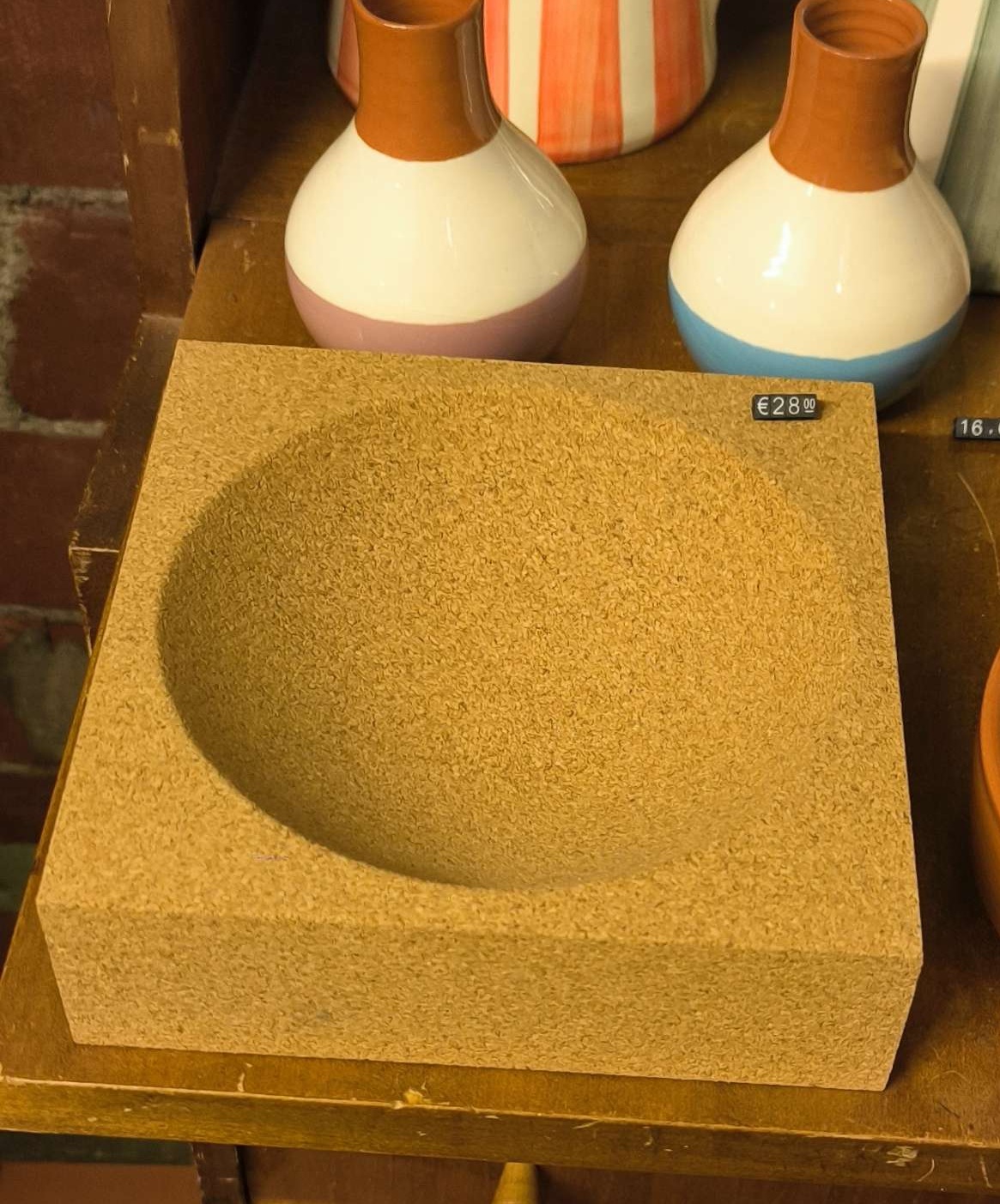
Spiral 3:
Minimal viable product
Spiral 4:
Aesthetic, integration, cooking on roof
